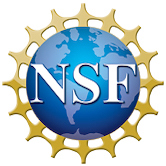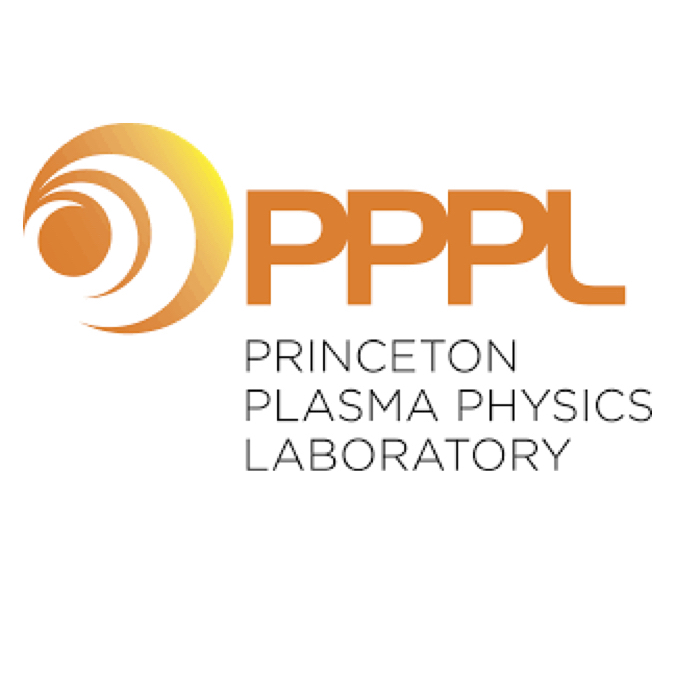Fast Neural-Network Surrogate Model of the Updated Multi-Mode Anomalous Transport Module for NSTX-U
B. Leard, Z. Wang, S. Morosohk, T. Rafiq, E. Schuster
IEEE Transactions on Plasma Science, vol. 52, no. 9, pp. 4126-4132, Sept. 2024
|
Abstract
|

|
The multimode module (MMM) is a theory-based
anomalous transport model that is used in integrated codes
to predict the electron/ion temperature, electron/impurity density, a
nd toroidal/poloidal rotation profiles of tokamak plasmas.
It includes transport driven by a variety of electron and ion
scale modes and accounts for the effects of collisions, fast-ion
and impurity dilution, noncircular flux surfaces, finite beta, and
Shafranov shift. Due to the large number of interconnected
physical phenomena captured by MMM, it is a computationally
intensive code, unsuitable for control applications that require
from fast offline to real time or faster-than-real-time prediction
speeds. Therefore, significant effort has been dedicated to the
development of neural-network (NN)-based surrogate models for
tokamaks like DIII-D and EAST with the goal of reproducing
a selected set of MMM’s output predictions at a much faster
speed. In this work, a NN model for MMM9.1 is trained based
on predictions within the National Spherical Torus Experiment
Upgrade (NSTX-U) operating regime. This model, referred to as
MMMNet, is capable of predicting the ion, electron, and impurity
thermal diffusivities, electron particle diffusivity, and toroidal and
poloidal momentum diffusivities. The newer MMM9.1 version
improves the accuracy, consistency, speed, and physics basis of
several components of MMM that are critical for NSTX-U as
well as for the spherical-tokamak reactor concept. The MMM
training data are based on NSTX experimental shots and adapted
to suit the NSTX-U geometry and to cover the entirety of the
NSTX-U parameter space. In simulation testing, MMMNet is
shown to have a similar accuracy to MMM while running at a
fraction of its computation time. This makes MMMNet suitable
for real-time control applications.








